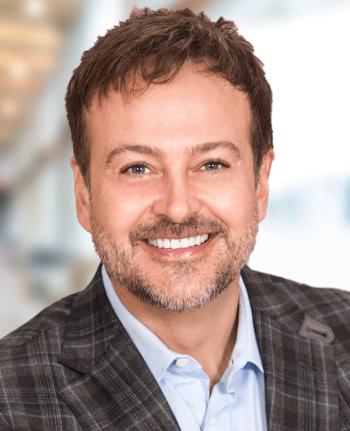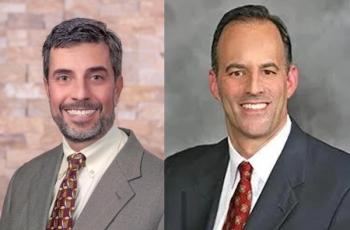
Take a lean approach to physician burnout
A methodology that revolutionized the motor industry is being used to prevent physician burnout.
Addressing the physician burnout epidemic as a whole requires many innovative solutions, and it can’t be done one physician at a time. Hospitals and practices need to think of the big picture. Paul DeChant, MD, PHD, deputy chief health officer for IBM Watson Health in California, favors a Lean approach.
The Lean process emphasizes reducing waste and improving customer value. The methodology was pioneered by the car company Toyota in the 1930s and has been used successfully in many kinds of business, now including healthcare.
Lean is intended to remove waste from workflows, but what makes it a success in a field like healthcare are two key principles, DeChant explains. “One is continuous improvement,” he says, which refers to the work of streamlining workflows and improving communication. “More important is respect for people, for the work they are doing. We rarely give them the opportunity to tap into that knowledge and expertise.”
DeChant has seen Lean work in healthcare systems where they do more than just remove wasteful processes but stop and think about what motivates clinicians. “The motivation is to provide a great healing interaction with the patient,” he says.
The Lean approach removes barriers and frustrations from the workflow process. First a team or a system has to identify the problems and take action on them sooner rather than later. One method for this he suggests is creating a “huddle board.”
There, “I can make a note about [a problem], tack it on the huddle board quickly, so as not to interrupt the flow of my current day, and the next morning talk about it with the rest of the team,” DeChant says. If others share the problem, they can begin to work on it right away to prevent future recurrences.
Problems can range from those that are wider in scope, like EHR flow problems, which may take time to solve, to simply making sure supplies are available at hand in a room so a physician doesn’t have to leave a patient.
The huddle board encourages staff to collaborate and communicate and not let small hassles become big pains. “It identifies any mismatch between the demands and the supply for the day,” DeChant says.
In other cases, it may be necessary to step back and “look at the entire flow through of an office or a hospital and identify what steps in that flow are adding value and which ones are getting in the way,” he says. The results of such an assessment allow for a “deep dive to truly redesign that workflow.”
The most effective way to get any health system to move to a Lean approach, however, he says, is to encourage the “C-Suite level folks” to get actively engaged in and support the work of the people “at the front lines.”
DeChant recommends what he calls “shadowing,” or immersion days, where executives put on scrubs and follow physicians and clinical staff around for a day to see their work in action.
In his research he’s found that “Only about fifteen to twenty percent of people doing frontline work feel as though their organization is doing anything to help them work more effectively and to address their burnout.”
But it doesn’t have to be that way, he says. He gives an example of a hospital CEO who was engaged in a major capital building project. One day he went to shadow in the ICU and saw nurses going through physical contortions that were dangerous to their physical health. “After seeing that he stopped their capital building process and redid it to include an ICU redesign.”
He highly recommends that anyone in a leadership position “learn how to become a mentor and a coach, not just someone who is telling people what to do.”
Newsletter
Stay informed and empowered with Medical Economics enewsletter, delivering expert insights, financial strategies, practice management tips and technology trends — tailored for today’s physicians.


















